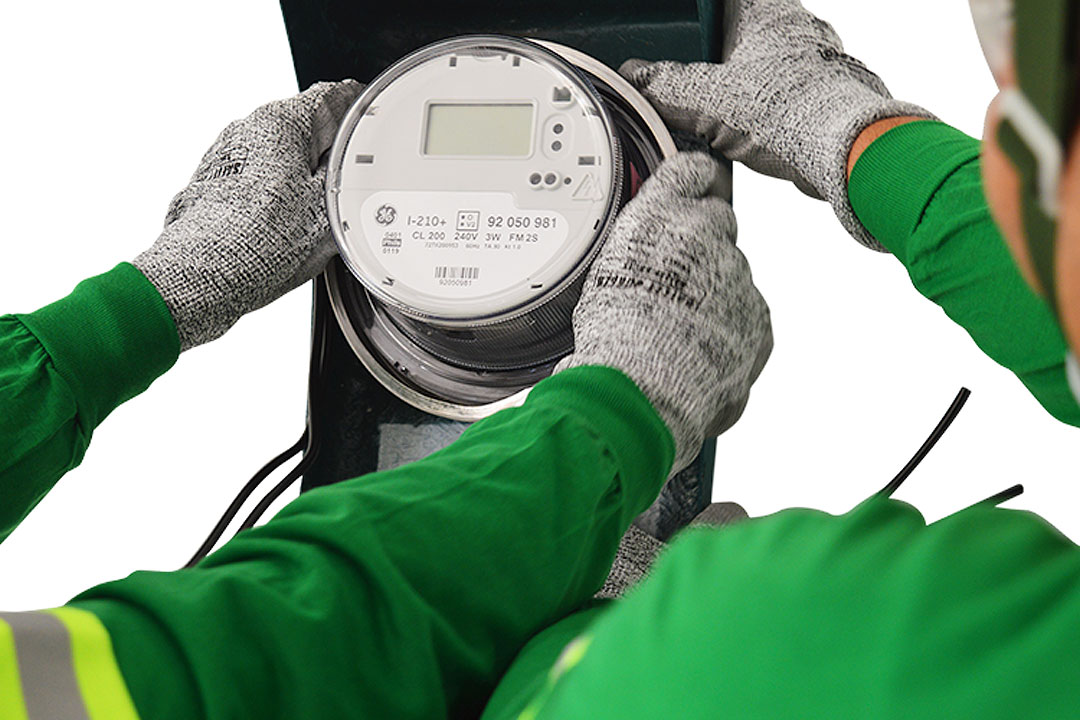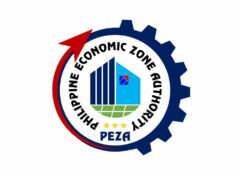
ENERGY efficiency initiatives need to be acknowledged alongside renewable energy (RE) as an “energy resource,” according to the Philippine Energy Efficiency Alliance, Inc. (PE2).
“Energy efficiency will have to catch up. People have to realize, government, business sector have to realize that aside from renewable energy, there’s an equally important pillar of a clean energy transition,” PE2 President Alexander D. Ablaza said in a briefing on Tuesday.
Mr. Ablaza said there is a need to “exhaust all the opportunities” in energy efficiency to keep pace with the construction of “several gigawatts of renewable energy capacity.”
“We have to position energy efficiency, not only as a band-aid strategy, not only as a way of life, but also a primary energy resource,” he said.
Energy efficiency, he said, “squeezes out all the waste” in power consumption, and may be viewed accordingly as a “new resource.”
Mr. Ablaza said that PE2 wants to position energy efficiency to “the same level of prominence as renewable energy.”
The government is aiming to increase the share of renewable energy in the power mix to 35% by 2030 and 50% by 2040.
An investment of over P12 trillion is needed between 2024 and 2040, which covers equipment, facilities, upgrades, among others, Mr. Ablaza said.
“Energy efficiency’s number one barrier is not just technology. It’s not just policy. It’s not just financing. It’s also behavioral change. We (need) behavioral change and run against the inertia that actually impedes or delays energy efficiency,” he said.
The Department of Energy (DoE) said last month that the accelerated Government Energy Management Program (GEMP) will generate savings of as much as P2 billion in electricity and fuel consumption.
GEMP hopes to reduce the government’s electricity and fuel consumption by at least 10% through energy efficiency and conservation initiatives.
So far, the program has generated savings exceeding P300 million from over 300 million kilowatt-hours of forgone electricity consumption last year, according to the DoE.
Fuel savings, on the other hand, were valued at P25 million by foregoing the use of over 386,089.59 liters. — Sheldeen Joy Talavera



